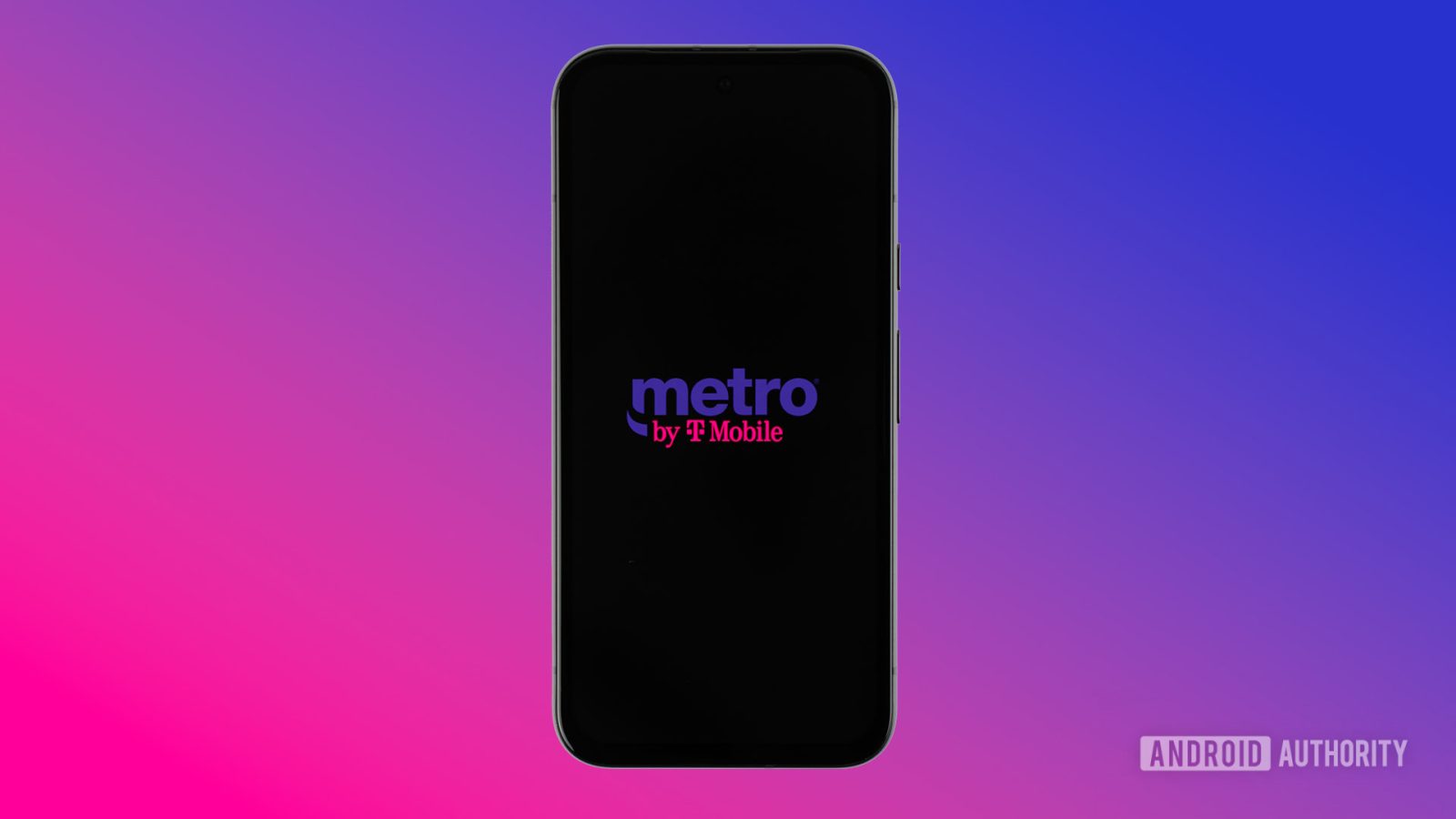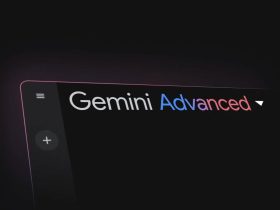
Contents

Edgar Cervantes / Android Authority
TL;DR
- Metro introduced new plans this week with cheaper pricing and other tweaks. Pricing starts at $40, $50, or $60 for one line, depending on the plan.
- Overall, the new plans are an improvement over the old, though it’s important to remember that all Metro plans have lower priority on T-Mobile’s network.
- There’s also a new limited time promotion that lets new and existing customers add a 2GB line to any plan for a $15 one-time fee, and then it’s only $5 a month starting in month two.
Earlier this week, T-Mobile rolled out its new Experience plans, which grabbed most of the attention. But Metro by T-Mobile also made some changes as well, quietly revamping its unlimited lineup. While Metro previously had three core plans alongside a few other limited data plans, the new Metro plans offer two Flex plans and two Starter plans as the core focus.
Let’s break down what’s changed and whether these new Metro plans are worth switching to.
| Starter Plus | Metro Flex Unlimited | Metro Flex Unlimited Plus | |
|---|---|---|---|
Cost | Starter Plus – $40 for one line | Metro Flex Unlimited – $50 for one line | Metro Flex Unlimited Plus – $60 for one line |
Talk, text, and data | Starter Plus Unlimited | Metro Flex Unlimited Unlimited | Metro Flex Unlimited Plus Unlimited |
Hotspot | Starter Plus None | Metro Flex Unlimited 8GB | Metro Flex Unlimited Plus 25GB |
International Service | Starter Plus None | Metro Flex Unlimited None | Metro Flex Unlimited Plus Unlimited international texting to 210+ countries and destinations |
Extra Perks | Starter Plus – T-Mobile Tuesdays | Metro Flex Unlimited – T-Mobile Tuesdays | Metro Flex Unlimited Plus – T-Mobile Tuesdays |
Old Metro Flex vs the new: What’s the difference?
Although there are technically four plans, I didn’t highlight the fourth one in the chart, and I’m not going to give it much attention below either. Why’s that? Simply put, there’s no reason to get the Metro Starter plan. It’s the exact same price as Starter Plus, but the latter requires you to port a line in order to qualify for unlimited data. You don’t need to port a number for Starter, but you’ll only get 10GB of data a month. Again, it’s not even worth signing up for.
With that out of the way, let’s focus on the core three plans and how they compare to the entry, mid, and high-level plans they are effectively replacing:
- Starter Plus is much cheaper, but you lose hotspot access: Starting at $10 less for one line (or as much as $55 less for four), Starter Plus offers a notable discount over Metro Flex Start. That said, Flex Start had hotspot access, a Google One membership, and most of the features now offered only in MetroFlex Unlimited. Note that you need to port a number to qualify for this plan. You’ll even get two free Galaxy A15s with this plan if you are bringing at least two lines.
- MetroFlex Unlimited axes international calling: This new plan is cheaper than Metro Flex Up by at least $10 per line (or as much as $45 total for four), but its feature set is trimmed. Gone are Google One and international calling from the U.S., and hotspot access drops from 25GB to 8GB. Still, you get phone upgrades and a new five-year price guarantee.
- MetroFlex Unlimited Plus remains mostly the same: Starting at $10 less for one line (or as much as $35 total for four), the new version saves you money. You now get HD streaming, plus free phone upgrades and the same 5-year price guarantee as the rest of these plans. Otherwise, it’s business as usual.
There’s one other cool, limited-time change coming to Metro worth highlighting as well. New and existing customers can add a 2GB line to any plan for a $15 one-time fee, and then it’s only $5 a month starting in month two. This could be perfect for a kid or an elderly family member.
If you didn’t figure it out, here’s basically the new regime in a nutshell:
- Starter Plus is technically a new plan and isn’t equivalent in price or structure to the old entry plan. It doesn’t use the Flex branding either.
- MetroFlex Unlimited is basically the old entry-level Metro Flex Start, with added phone upgrades and a lower price for multi-line users.
- MetroFlex Unlimited Plus is the old MetroFlex Plus, just with HD video and a few tweaks.
Are the new Metro by T-Mobile plans an upgrade, downgrade, or sidegrade?
You might assume these new plans aren’t actually cheaper, since some features were removed. That’s true in the case of Starter Plus, but if you’re bringing multiple lines, the monthly savings can climb as high as $55 compared to the old Flex Start. That tradeoff might be worth it for some users, especially those who don’t care about hotspot access or Google One.
As for MetroFlex Unlimited and Unlimited Plus? Both have nearly identical features to the older plans and are actually cheaper. Unless there’s a hidden catch I’m missing, these seem like clear improvements.
Which plan should you get, or are you better off elsewhere?
In most cases, I’d recommend skipping Starter Plus. Those who only need one line will find cheaper options elsewhere, and those with multiple lines can get a four-line deal through T-Mobile Essentials at the same price. That said, MetroFlex Unlimited and Unlimited Plus are better picks than Essentials for many.
Metro’s Flex plans offer the same lower-tier priority data as Essentials, but come with their own phone upgrade program — and perks like Google One, hotspot access, and Amazon Prime on the highest tier. For a single line, you’ll pay about $10 more. For four lines, it’s usually $20 to $40 more total.
Of course, Metro doesn’t exist in a vacuum. Other great prepaid carriers like Cricket, US Mobile, and Visible are worth a look. I always recommend comparing a few before making the switch. You can learn more in our guide to the best phone service providers in the US.
If you’re already a Metro user, there’s little reason not to switch to one of these updated plans. They’re largely better deals.
Thinking about switching from T-Mobile to Metro after the new Experience plans were revealed? Consider this: unless you were already on T-Mobile Essentials, Metro has lower data priority. That means during congestion, your speeds could take a hit. If you want to save money and keep high-priority T-Mobile data, your best bet is Google Fi — which, coincidentally, just launched improved plans of its own.
Got a tip? Talk to us! Email our staff at [email protected]. You can stay anonymous or get credit for the info, it’s your choice.
What’s your reaction?
Love0
Sad0
Happy0
Sleepy0
Angry0
Dead0
Wink0









Leave a Reply
View Comments